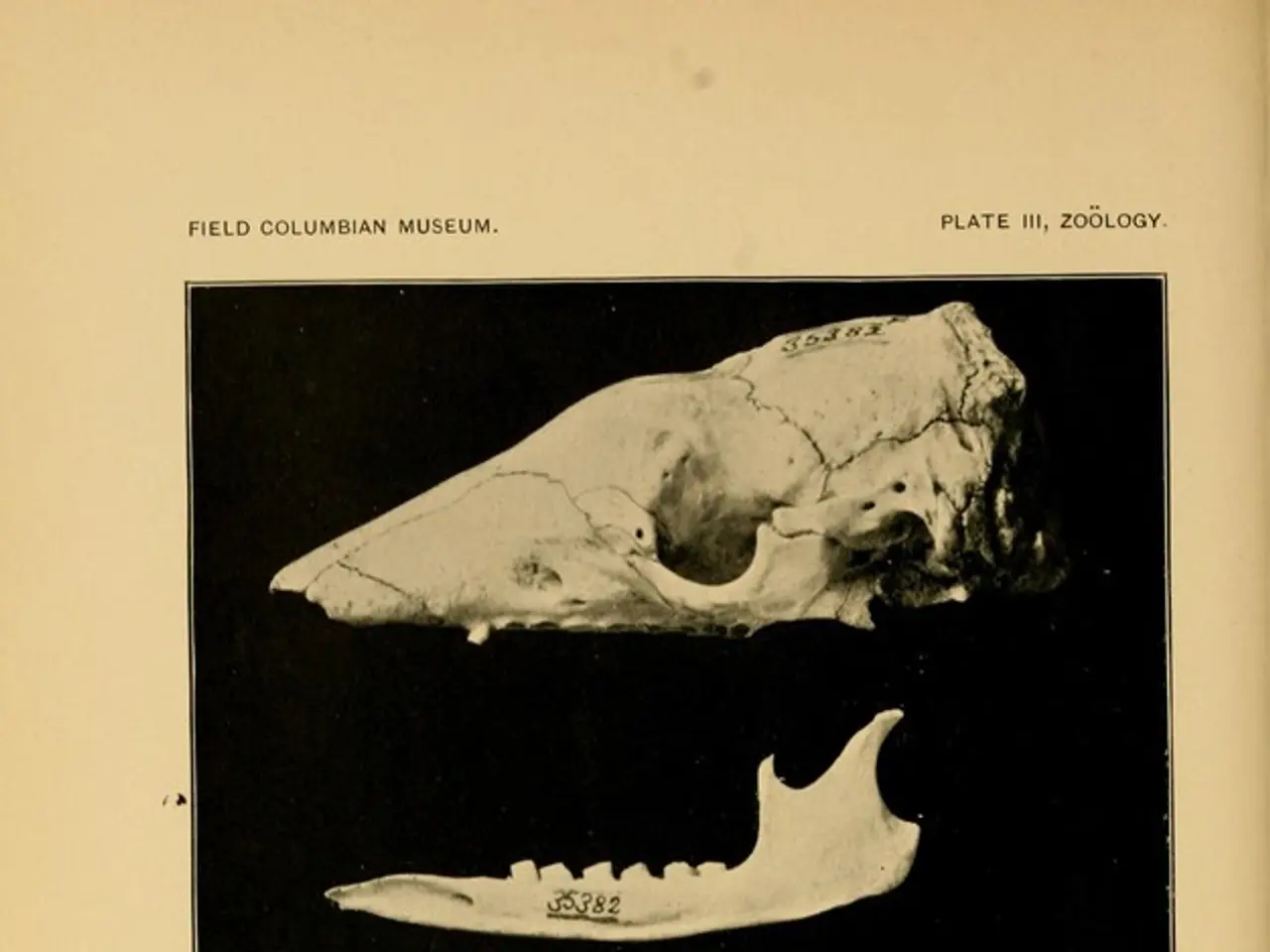Treatment with anti-androgen medication may accelerate the growth and spread of bone tumors in advanced stages of prostate cancer.
In a significant breakthrough, a team of Australian researchers led by Dr. Nathalie Bock at the QUT Centre for Biomedical Technologies have developed a novel approach to combat bone metastases from breast and prostate cancers. The study, titled "In vitro engineering of a bone metastases model," was published in the prestigious journal Science Advances (DOI: 10.1016/j.csbj.2021.05.002).
Dr. Bock's research focuses on creating 3D miniature bone-like tissue models for clinical and preclinical drug testing. These models, which mimic the bone tumor microenvironment, could potentially revolutionise the field of cancer research. In the future, Dr. Bock plans to use her model with patient-derived cells from patients undergoing prostatectomy, making it a potential personalised preclinical diagnostic and drug testing tool for prostate cancer.
The study's findings are particularly relevant given that Australia has one of the highest incidence rates of prostate cancer internationally. According to the research, 1 in every 6 Australian men is likely to be diagnosed during their lifetime, with around 17,000 men diagnosed each year. The research highlights the need to upscale the bone tumor microenvironment model platform for use by other research groups.
The research team, including Professor Dietmar Hutmacher and Professor Judith Clements, investigated the effect of traditional anti-androgen therapy on prostate cancer bone tumors. Their findings suggest that the efficacy of commonly used anti-androgens like enzalutamide and bicalutamide is compromised in the presence of the bone microenvironment. This discovery underscores the importance of ongoing research to improve our understanding of how different treatments impact disease progression and spread in prostate cancer.
Professor Jeff Dunn AO, CEO of the Prostate Cancer Foundation of Australia, commended the research team and congratulated PCFA grant recipient Dr Nathalie Bock for her research achievements. He emphasised the need to keep up the pace of work to find curative treatments, especially for advanced prostate cancer in the bone. Professor Dunn stated that the findings were significant and will help us to better target treatments for men with different types of prostate cancer.
The research was supported by the National Health & Medical Research Council of Australia, Australian Research Council, and the Prostate Cancer Foundation of Australia. By screening existing and novel drugs using the bone tumor model in the laboratory, doctors could treat individual patients with an anti-cancer therapy that best suits their clinical need. The upscaled model could enable the prostate cancer research community to develop therapies for a more effective treatment of advanced prostate cancer.
The study's findings indicate that the research could potentially lead to the development of personalised preclinical diagnostic and drug testing tools for prostate cancer. This research, led by Dr. Bock, builds on previous discoveries to help save lives by stopping prostate cancer from spreading and claiming the lives of more than 3,000 men a year, as is currently the case. The research group led by Dr. Ali Khademhosseini at Harvard Medical School is behind the development of a 3D-printed biomimetic bone model platform used for clinical and preclinical drug testing for breast and testicular tumors. The interactions between the cancer cells, the bone, and the anti-androgens significantly impact the progress of prostate cancer in the mineralised microenvironment of bone tumors, as the team's findings suggest. This research offers a promising step forward in the fight against prostate cancer.
Read also:
- Rise in Flu Cases: Timing and Reasons Explored by Medical Experts for Flu Vaccination
- Nursing Infants: Advantages, Factors to Ponder, Guidelines, Essential Gear
- Anticipated Increase in Uninsured Residents to Pose Challenge for Local Healthcare Infrastructure
- Accusations of poor care and supposedly poor hygienic standards at LaSalle Hospital






